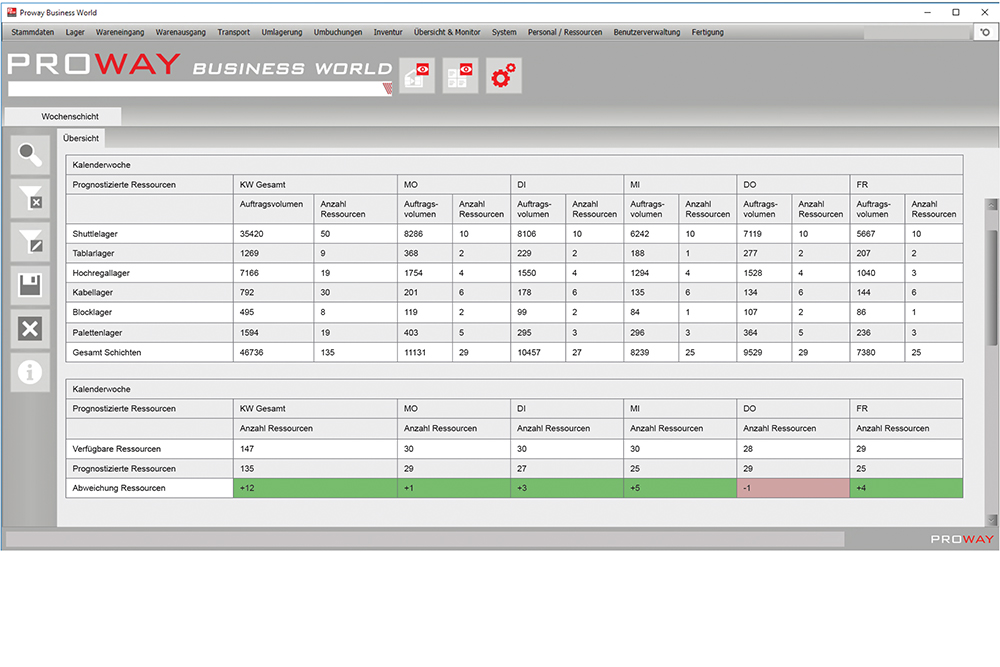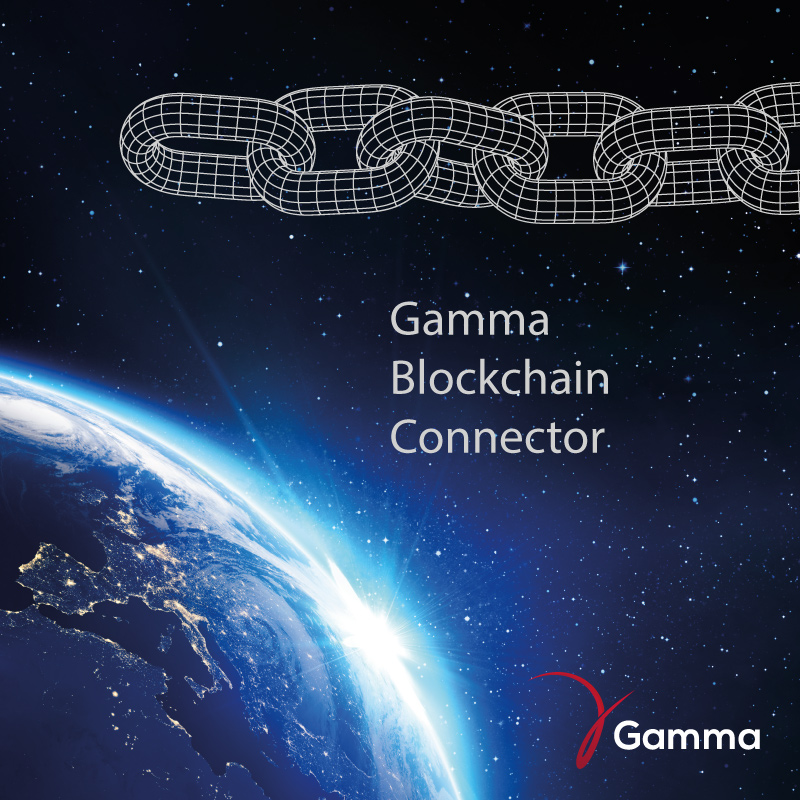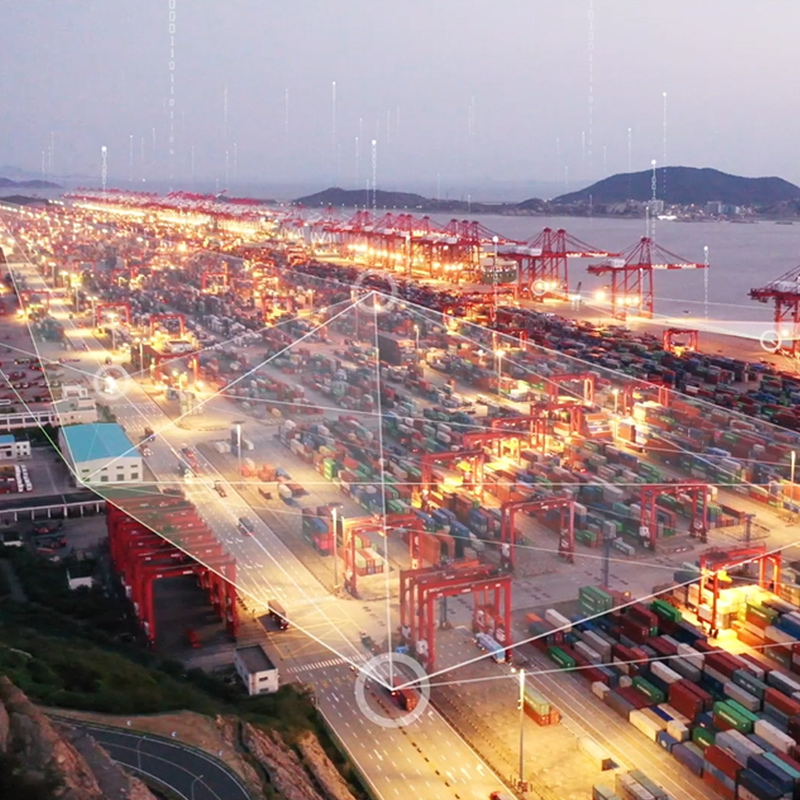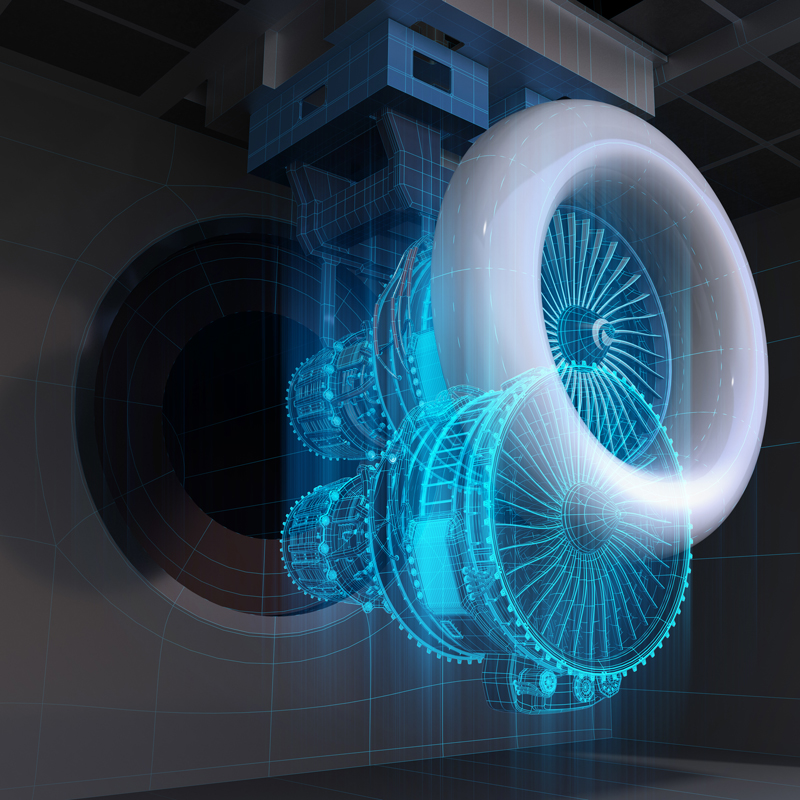Artificial intelligence
The optimal flow of materials and the planning of resources, whether human or machine, is becoming increasingly complex and can hardly be controlled by conventional means. Artificial intelligence and neuronal networks help PBW to achieve optimal results in a short time.
With the help of AI, we make forecasts based on provided data, for example, to optimize resource planning and the utilization of a logistics location. Recurrent neuronal networks (RNN, LSTM) can be used to process sequences.
Increasing data volumes and computing power will favour the use of AI in various fields of industry and society in the future. If sufficient computing power is available, unstructured or incomplete data can also be used.
In a deep learning architecture, the relevance of the data points and their interrelationships can be learned through data-related layers. These can serve as filters for the deeper layers.
Historical and current data can be used as a basis for predicting transport requirements. These can be used to make recommendations on the number and type of vehicles required and to make them available at the desired locations.
In addition, route planning can be supported with the use of current weather and traffic data. Another potential field of application for the public sector is the optimization of traffic light circuits through the use of reinforcement learning.
Another issue is driver assistance. With the sensors available in the vehicles, individualised driver profiles can be created. In this way, personal advices and presettings can be made to support the driver.





